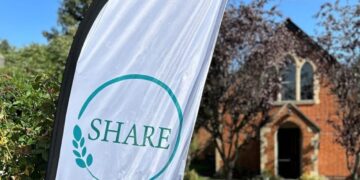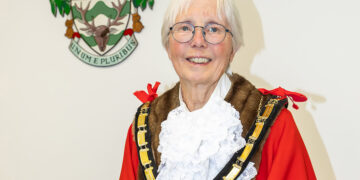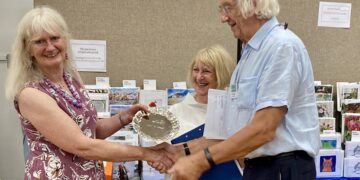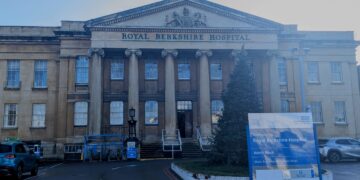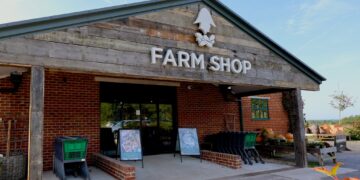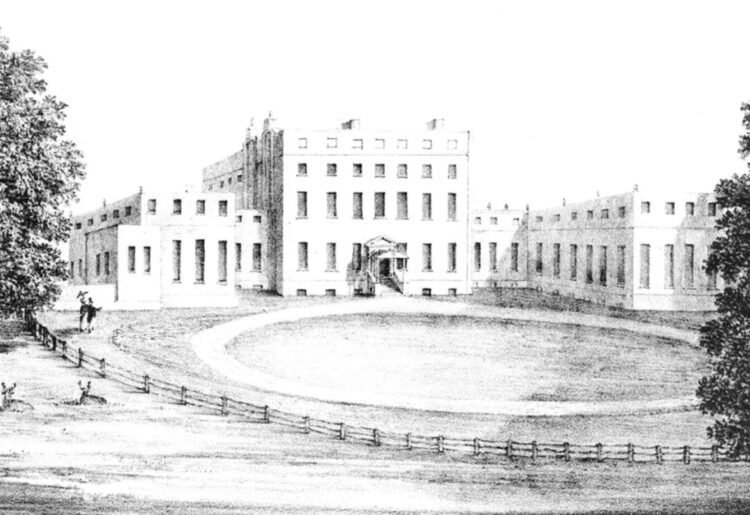A BOROUGH history group took a trip through time when they listened to a talk given by Simon Polley and Janet Robertson, about Hall Place, at Burchetts Green.
Members of Wargrave Local History Society learned about the hall’s medieval origins through to its modern usage as an educational institution.
First recorded in 1234 as La Halle, the property has passed through numerous hands, each leaving their unique mark.
The first owner was John de Hurley, but the estate has since changed hands multiple times, including a period of ownership by Hurley Priory until the dissolution of the monasteries in 1536.
The most significant transformation came in the late 17th century when Jacob Bancks, a Swedish-born Royal Navy veteran, bought the property and planted distinctive lime tree avenues.
The current house was built by William East, a London barrister, who demolished the original structure and constructed a three-story Georgian-style mansion.
The property remained in the East family for generations, with each successive owner contributing to its legacy.
The estate saw remarkable individuals like Gilbert Augustus East, who not only managed the 3,000 acre property but also established an engineering company, producing steam launches.
He was known for his community generosity, supporting local churches and schools, yet tragedy seemed to follow the family.
One owner, Gilbert, drowned near the Isle of Wight in 1866, and another, Robert East, died suddenly in 1932, with local legend attributing his death to a supposed curse from Tutankhamun’s tomb.
During World War II, the government requisitioned the property, and in 1949 it transformed into the Berkshire Institute of Agriculture, later becoming Berkshire College of Agriculture.
Today, the college hosts around 1,600 students, and offers diverse educational courses, with only 5% of these focused on agricultural studies.
Wargrave Local History Society meets regularly to discuss local history.
For information, visit: wargravehistory.org.uk


